Back to Courses
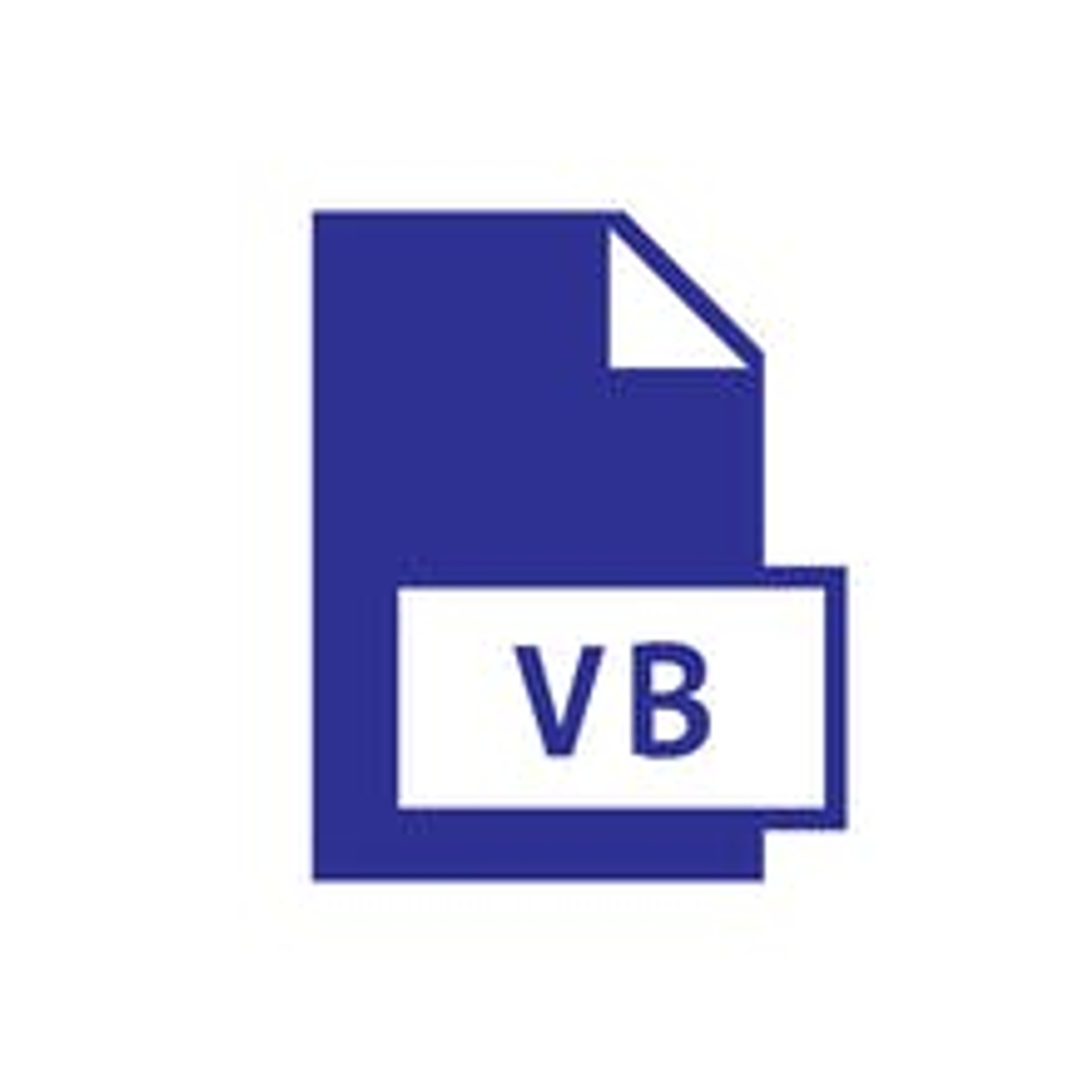
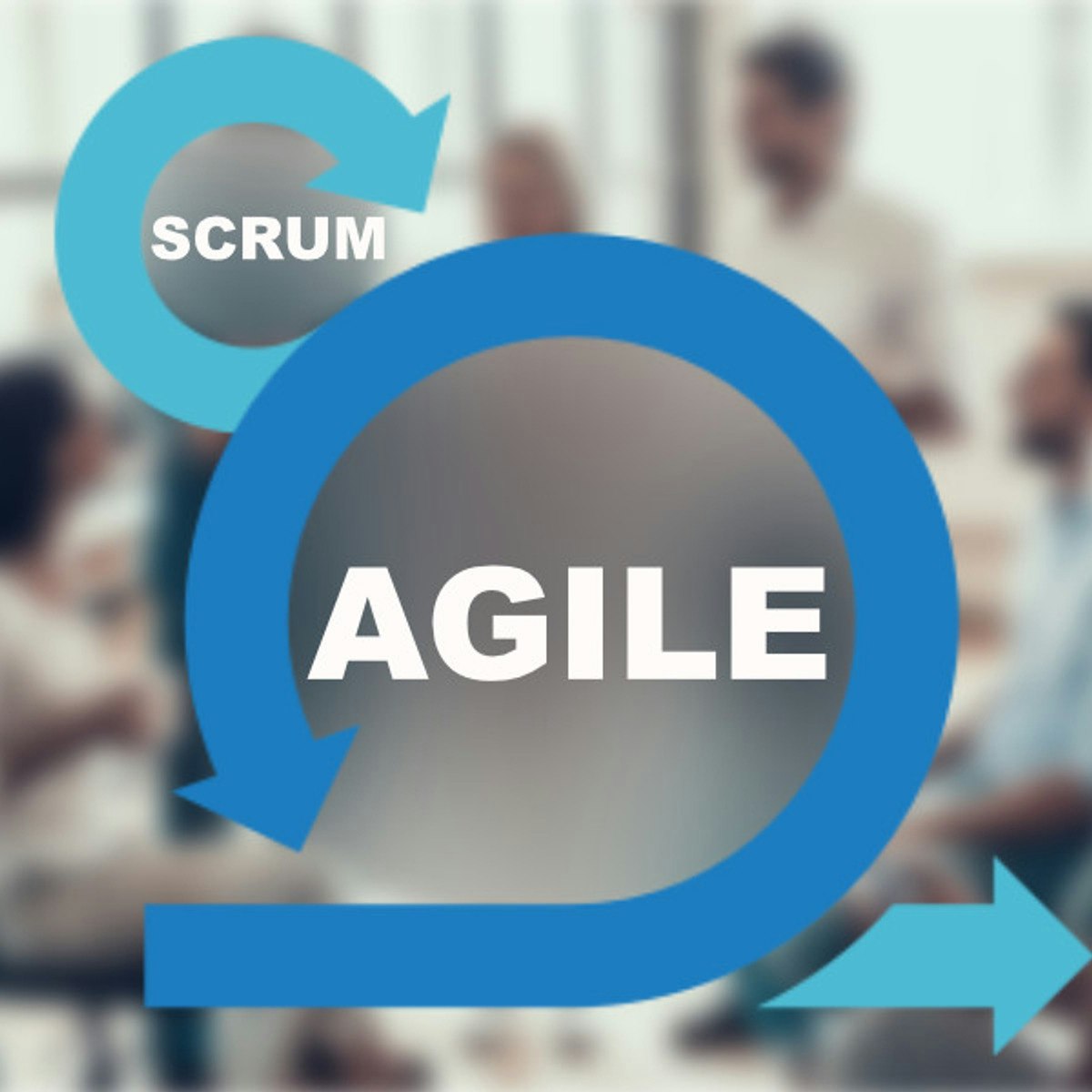
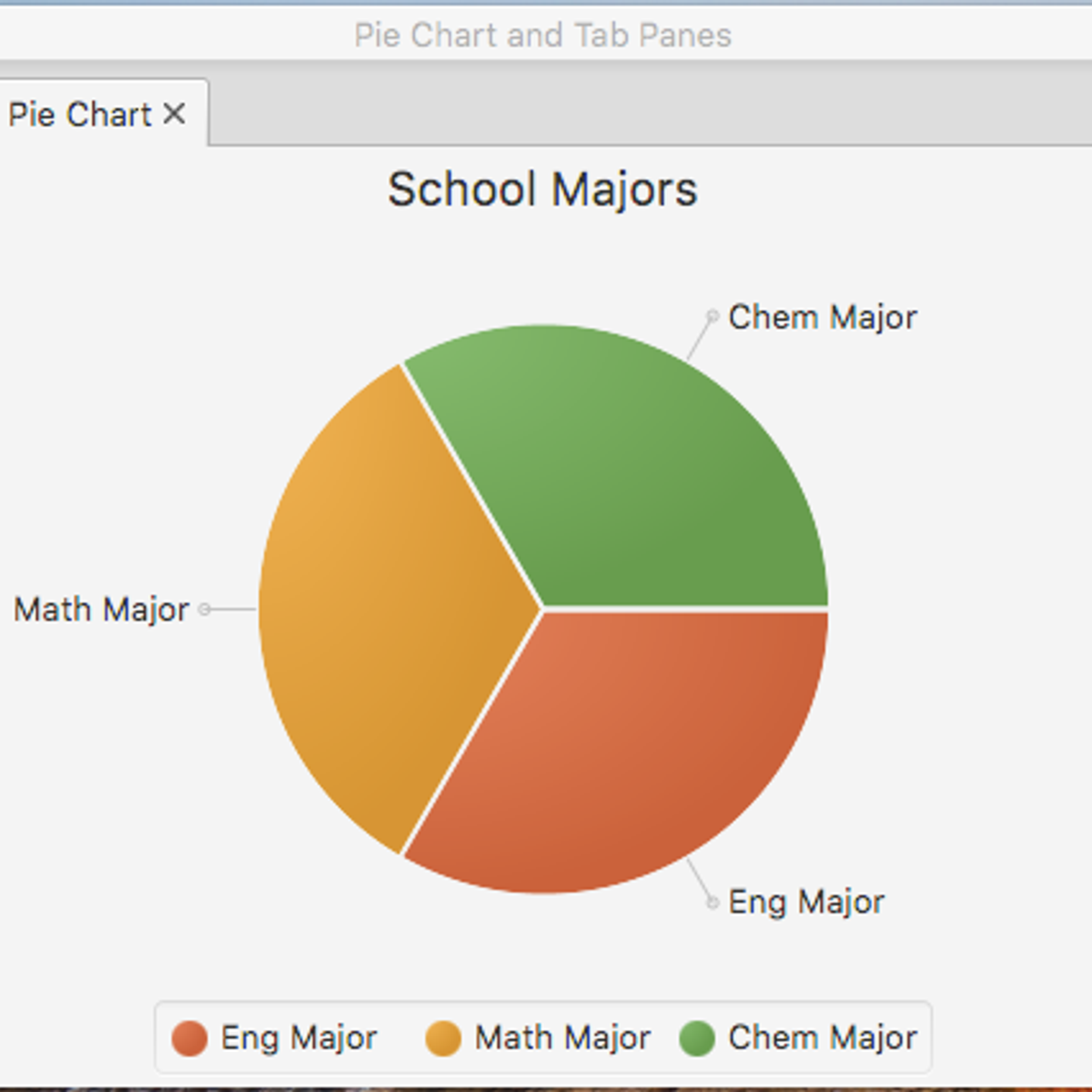

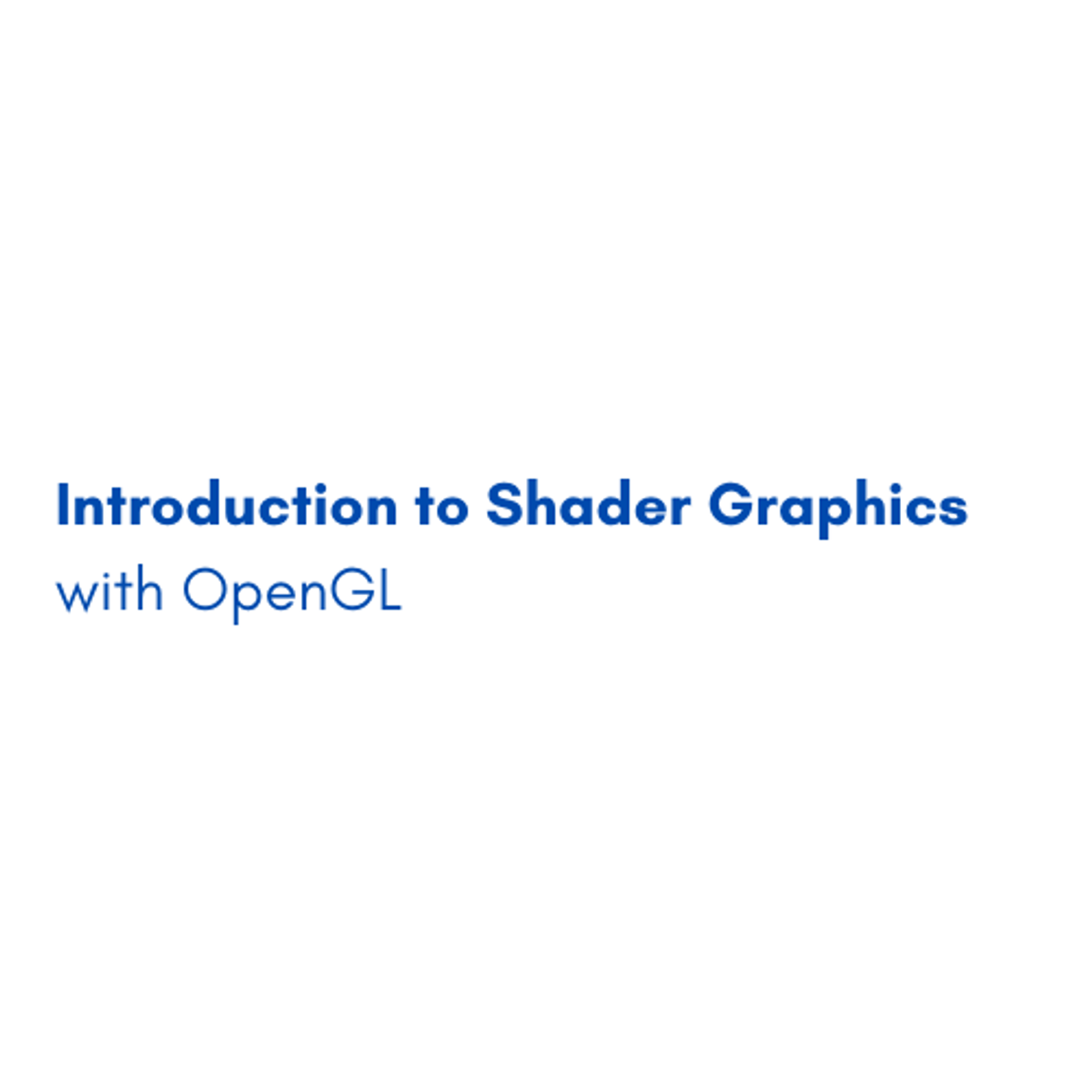
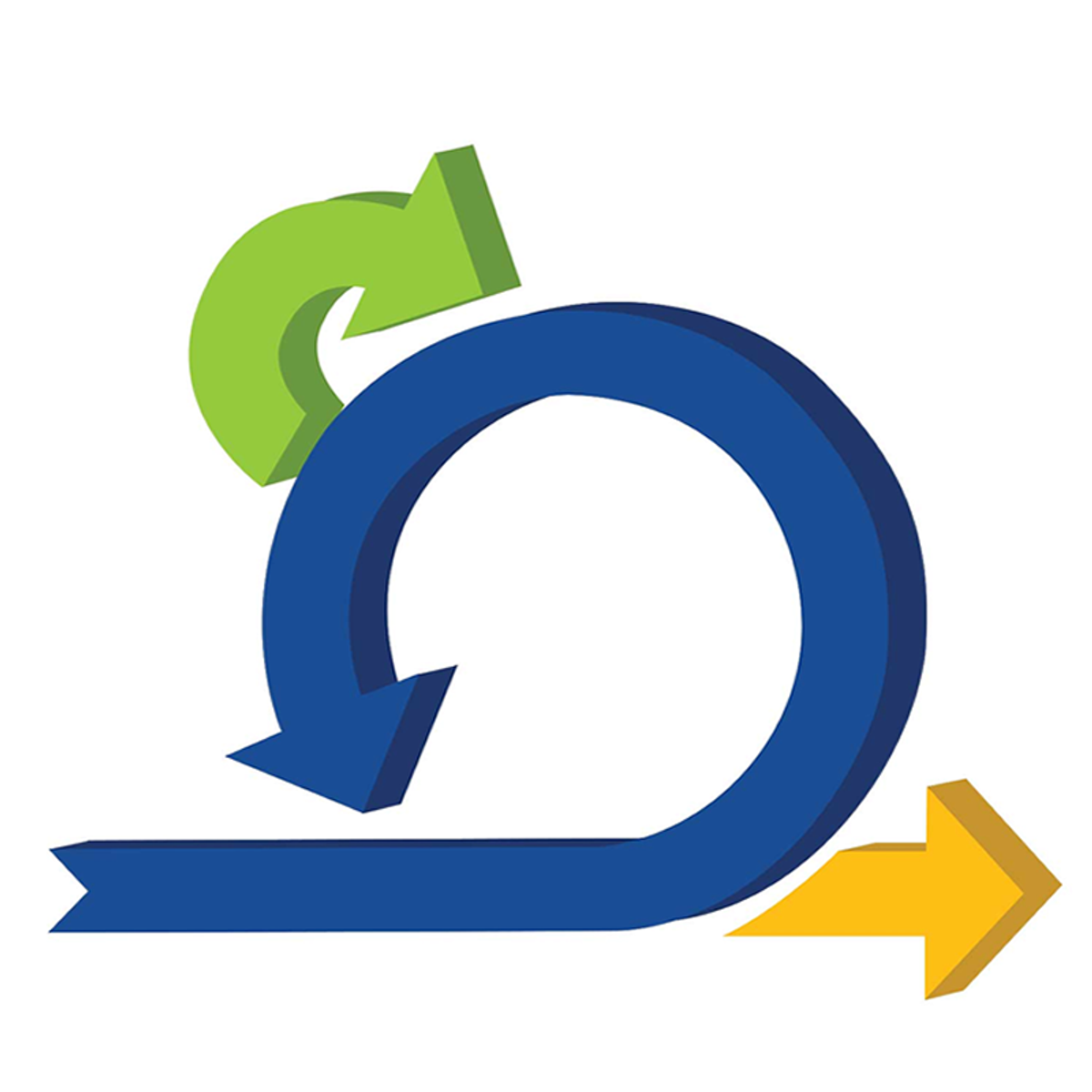
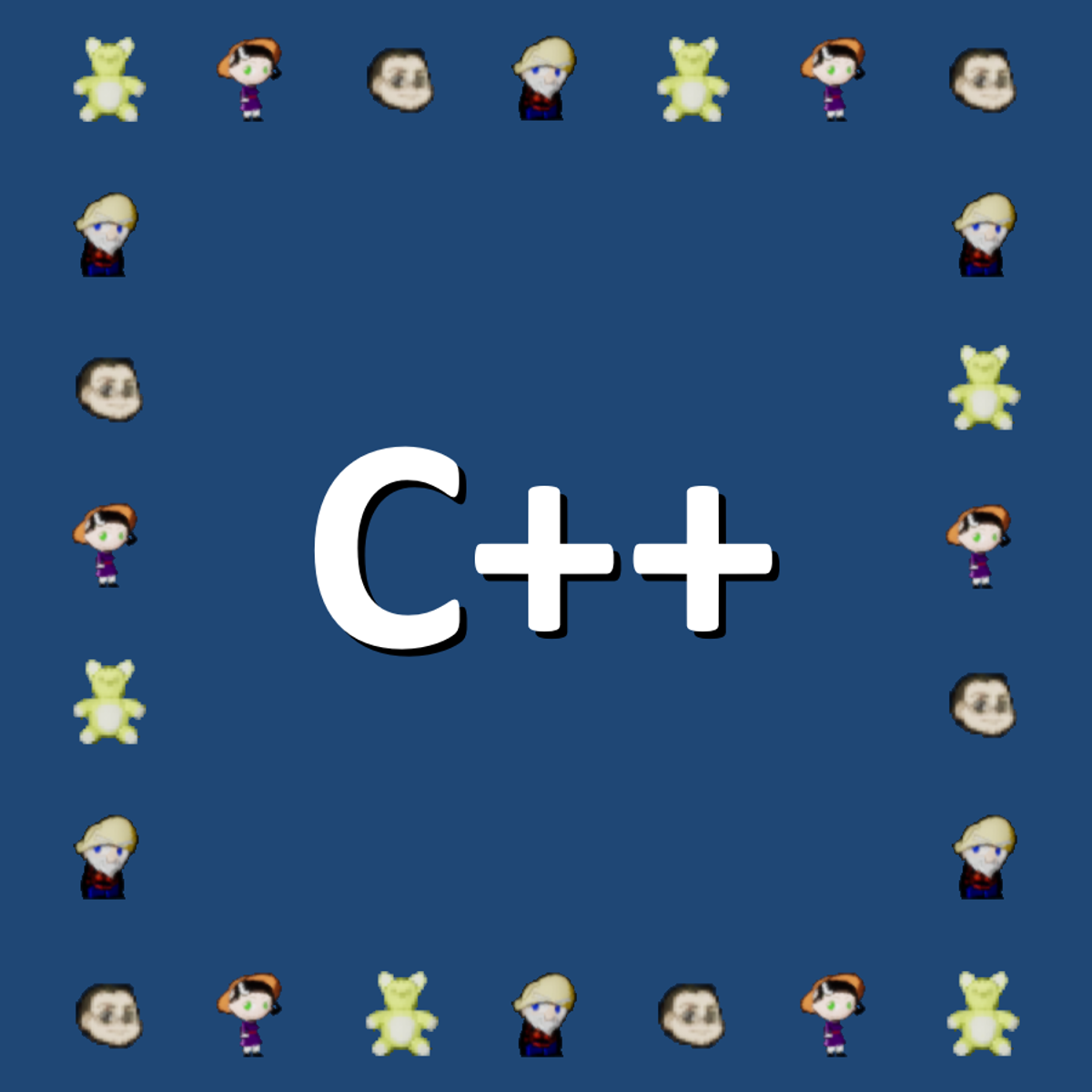
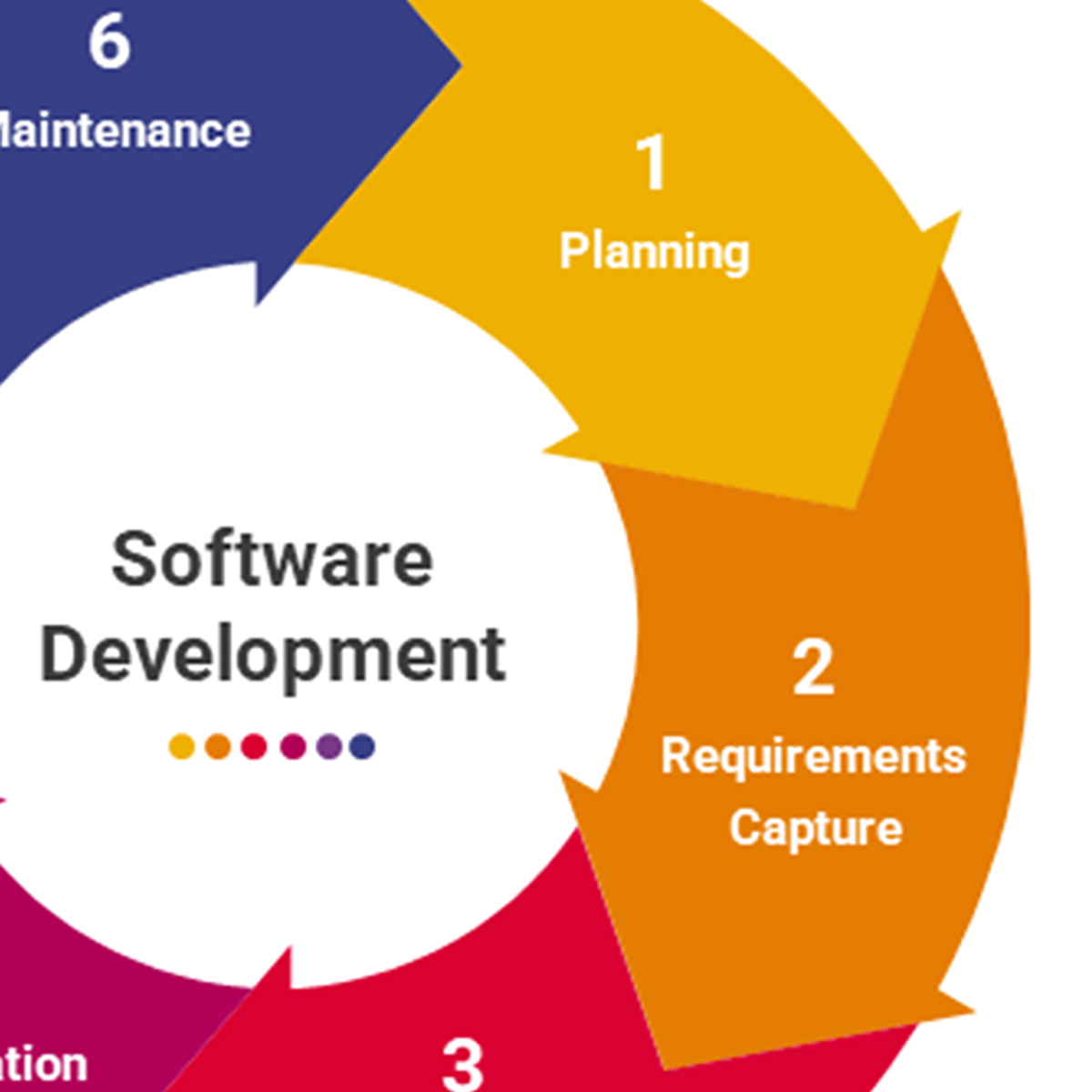
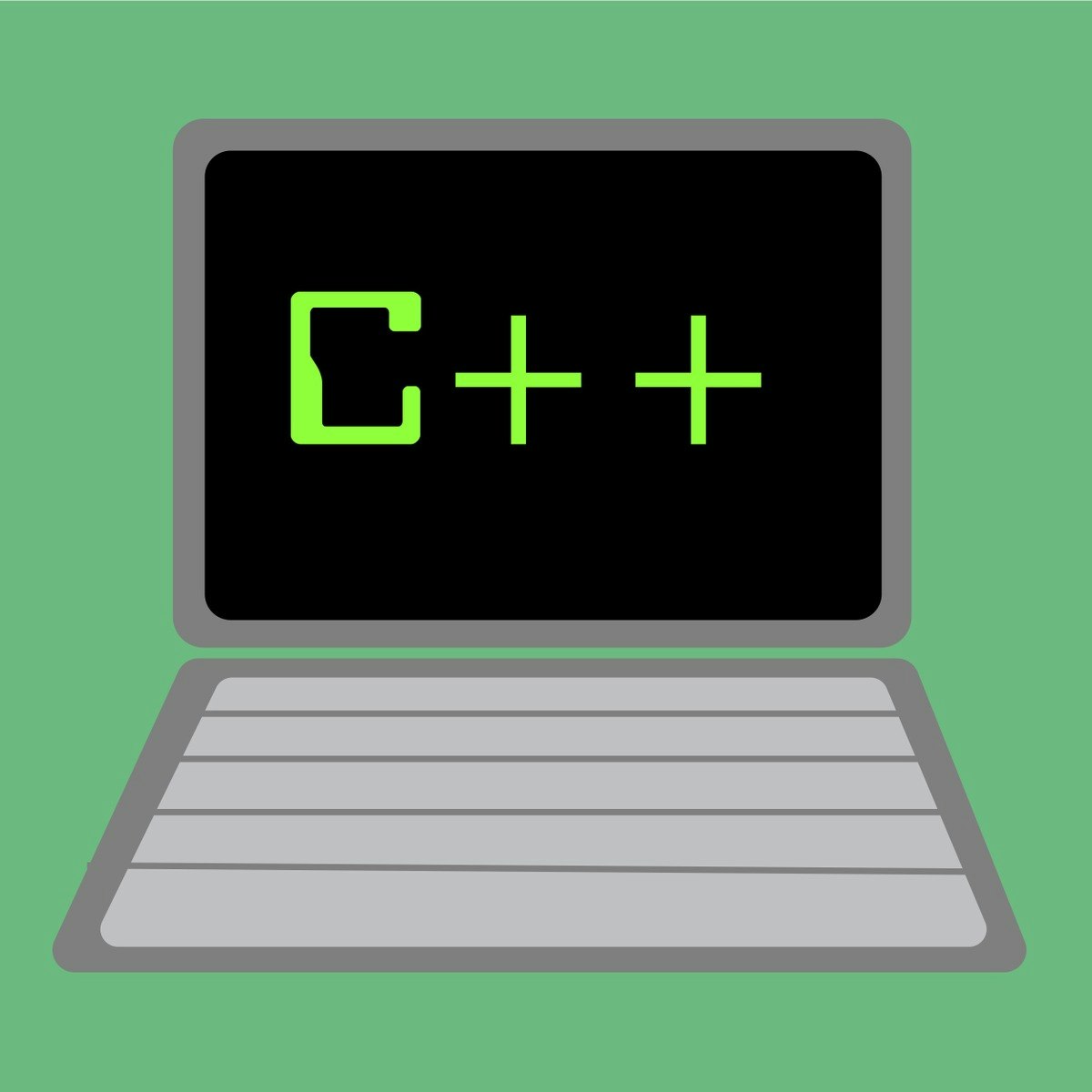
Software Development Courses - Page 69
Showing results 681-690 of 1266

Create C# App Inheritance, Composition, and Aggregation
By the end of this project you will create an application that uses the C# List data structure and the C# Linq to process a collection of Employees in a file.
Linq, when used with the List data structure, allows the programmer to compare and perform computations on objects without the need to access attributes directly. It simplifies the process of iterating through a list and obtaining data from user-defined objects.
Note: This course works best for learners who are based in the North America region. We’re currently working on providing the same experience in other regions.

Visual Basic Programming: Inheritance and Polymorphism
This course is the third course in a series that aims to prepare you for a role working as a programmer. In this course, you will be introduced to the four main concepts in programming: Advanced String Operations and Dates, Modeling Classes, Development of Classes and Collections. Labs will allow the students to apply the material in the lectures in simple computer programs designed to re-enforce the material in the lesson. Learners will need to have a local machine with any one of the following operating systems; Windows 7 SP1 or higher, macOS 10.1.13 or higher, or almost any version of Linux from the last several years. The learner will either need to download the free community edition of Visual Studio or the open source .NET Core installation.

Introduction to Agile Development and Scrum
After successfully completing this course, you will be able to embrace the Agile concepts of adaptive planning, iterative development, and continuous improvement - resulting in early deliveries and value to customers. This course will benefit anyone who wants to get started with working the Agile way. It is particularly suitable for IT practitioners such as software developers, development managers, project managers, product managers, and executives.
You will learn to apply Agile practices derived from lean manufacturing concepts, like test-driven development. Learn how a scrum team functions. Learn how to write good user stories and track your team’s progress using a kanban board. Create and refine a product backlog collaboratively with the team and the customer, in a flexible and blameless culture.
This approach will lead you to higher levels of efficiency, with the ability to plan and execute sprints with your development team, measuring success with actionable metrics.
This course is about more than facts and processes. It is about working collaboratively on a self-organizing team, coached by a scrum master, and building what is needed, rather than simply following a plan.
Developed and taught by an experienced Agile practitioner, the course includes hands-on practice through realistic scenario-based labs using GitHub and ZenHub.

Display Simple Data with Pie Chart and Tabbed Pane in JavaFX
In this project, the learner will create a GUI that contains a tabbed pane with two tabs. The first tab will provide text fields to collect data on the number of students enrolled in English major, Mathematics major, and Chemistry major. When a button is clicked, the data will be shown in a pie chart on the second tab.

Server-side Development with NodeJS, Express and MongoDB
This course deals with all things server-side. We base the entire course around the NodeJS platform. We start with a brief overview of the Web protocols: HTTP and HTTPS. We examine NodeJS and NodeJS modules: Express for building web servers. On the database side, we review basic CRUD operations, NoSQL databases, in particular MongoDB and Mongoose for accessing MongoDB from NodeJS. We examine the REST concepts and building a RESTful API. We touch upon authentication and security. Finally we review backend as a service (BaaS) approaches, including mobile BaaS, both open-source and commercial BaaS services.
At the end of this course, you will be able to:
- Demonstrate an understanding of server-side concepts, CRUD and REST
- Build and configure a backend server using NodeJS framework
- Build a RESTful API for the front-end to access backend services

Introduction to Shader Graphics with OpenGL
In this 1-hour long project-based course, by the end of this project, you will be able to draw a triangle along with a shader system for it with modern OpenGL and C++, which is the fundamental unit of 3D rendering.Moreover, you will be able to setup the environment and create a window with openGL, draw a triangle using modern openGL and create vertex and fragment shaders for your triangle. Finally, You’ll be able to extend upon this basis into a full fledged modern 3D renderer.
Note: This course works best for learners who are based in the North America region. We’re currently working on providing the same experience in other regions.

Introduction to Scrum Master Training
This course is designed to help Scrum beginners learn the foundational knowledge to become proficient with Agile Scrum. Throughout the course, learners will explore Agile methodologies and benefits of building incrementally. They will also learn about the roles within Scrum teams, events that happen during a Sprint, Agile artifacts, and the Definition of Done for a Sprint.

More C++ Programming and Unreal
This course is the second course in the specialization about learning how to develop video games using the C++ programming language and the Unreal game engine on Windows or Mac.
This course assumes you have the prerequisite knowledge from the previous course in the specialization. You should make sure you have that knowledge, either by taking that previous course or from personal experience, before tackling this course. Throughout this course you'll continue building your foundational C++ and Unreal knowledge by exploring more C++ and Unreal topics.
Module 1: Discover how we make decisions in our code
Module 2: Get and use player input in your Unreal games
Module 3: Learn how to use iteration (looping) to repeat actions in your code
Module4: Explore storing lots of data in arrays, C++ containers, and the Unreal TArray<> container

Software Engineering: Modeling Software Systems using UML
Software Development Life Cycle (SDLC) is the process of developing software through planning, requirement analysis, design, implementation, testing, and maintenance. This course focuses on the requirement analysis phase of SDLC, and you will learn how to use UML models to capture the system requirements and to facilitate communication between client/users and developers. UML is a general purpose visual modeling language for systems. It can be used to highlight different aspects of the system that are of interest to different stakeholders. Data requirements are captured in the domain model, which describes the important concepts of the application domain as classes, associations between them and constraints on them. Functional requirements are captured in the use-case model to describe the interactions between the system and its environment (users, other systems).
UML incorporates the current best practices in Object-Oriented modeling techniques. Basic object-oriented programming (OOP) concepts are required to attempt the course. It is recommended to take the courses in the order they are listed, as they progressively develop techniques and concepts about software engineering, but it is not a hard requirement.

C++ For C Programmers, Part B
This course is for experienced C programmers who want to program in C++. The examples and exercises require a basic understanding of algorithms and object-oriented software.
Popular Internships and Jobs by Categories
Browse
© 2024 BoostGrad | All rights reserved


